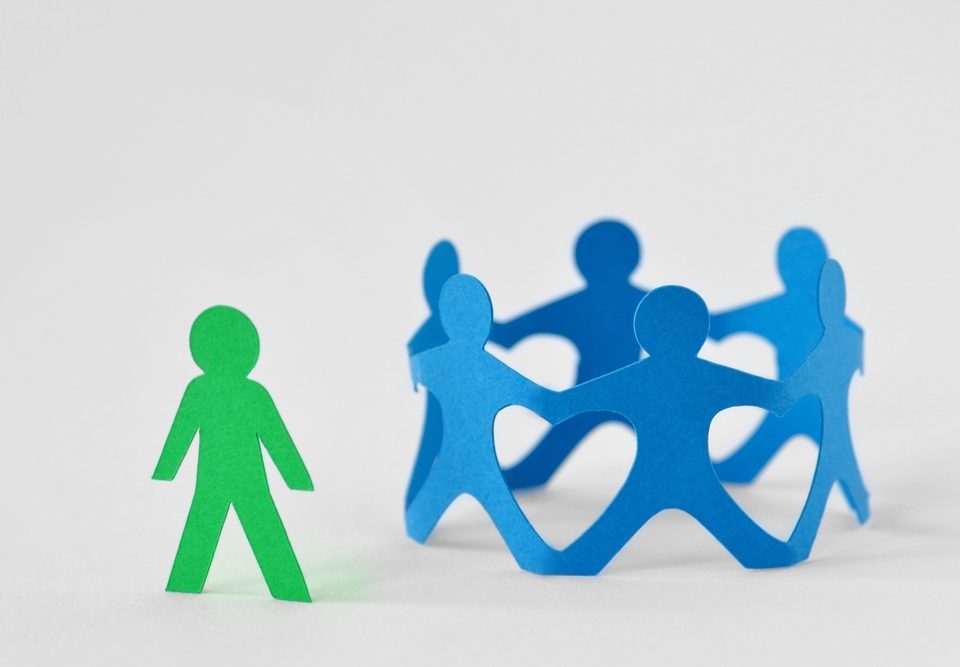
Teen Designated Drivers
May 10, 2024
How to Help Support your College Student
May 15, 2024Bullying and harassment are both forms of aggressive behavior, but they have distinct characteristics:
- Bullying:
- Bullying typically involves repeated aggressive behavior intended to cause harm, distress, or discomfort to another person or group of people who have less power or are perceived as weaker.
- It often occurs in a context where there is an imbalance of power, such as in a school, workplace, or community setting.
- Bullying can take various forms, including physical (e.g., hitting, kicking), verbal (e.g., name-calling, teasing), relational (e.g., spreading rumors, excluding someone socially), and cyberbullying (using digital platforms to harass or intimidate).
- Harassment:
- Harassment involves unwanted or unwelcome behavior that creates a hostile, intimidating, or offensive environment for the victim.
- It can occur in various contexts, including workplaces, schools, public spaces, and online platforms.
- Harassment may be based on various characteristics such as race, ethnicity, gender, sexual orientation, religion, disability, or other protected attributes.
- Unlike bullying, harassment may not necessarily involve a power imbalance between the perpetrator and the victim, although power dynamics can still be present in some cases.
In summary, while both bullying and harassment involve aggressive behavior, bullying often includes repeated actions with an imbalance of power, whereas harassment may involve a broader range of behaviors and may not always involve a power imbalance. Additionally, harassment often occurs in specific contexts where certain characteristics of the victim are targeted.
To learn more tips and parenting subscribe to MASK The Magazine, parenting solutions for today’s families

https://www.tools4teaching.com/product/mask-the-magazine/
Or
Did you know that you can add past issues of MASK The Magazine and start your MASK Library –
https://www.tools4teaching.com/product/single-issues-of-mask-the-magazine/
Enroll your child or school in the MASK E3 Institute to equip them with the knowledge to make safe healthy and informed decisions.



